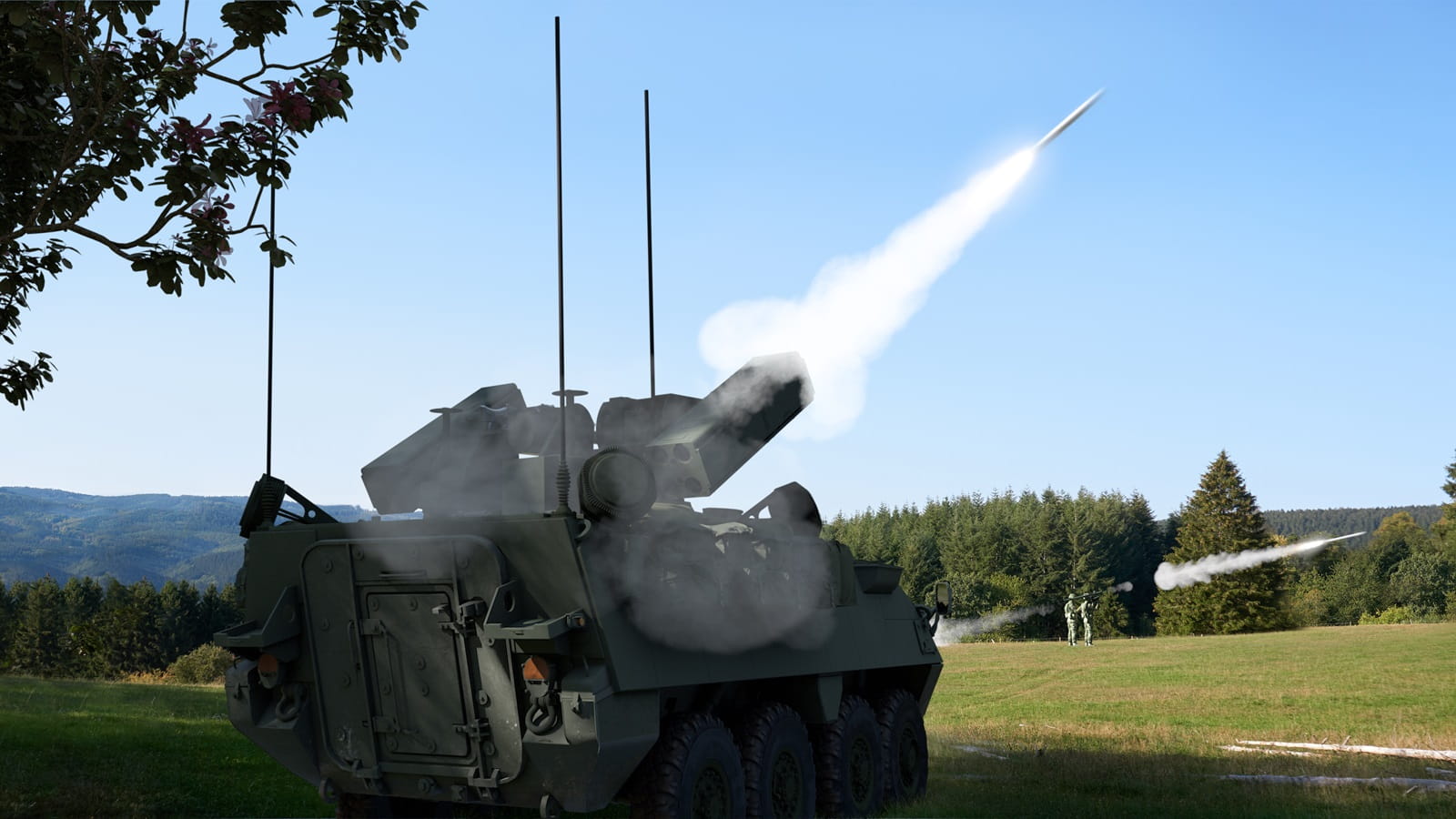RTX's Raytheon completes US Army's NGSRI subsystem demos

Above: The Next-Generation Short-Range Interceptor (NGSRI) is designed to fit the existing Stinger Vehicle Universal Launch system and the man-portable system.
Courtesy RTX
Tom Laliberty, president of Land & Air Defense Systems at Raytheon, said: "These successful subsystem demonstrations are a crucial step in meeting the US Army's range and performance requirements for this transformational short-range air defense capability. We are confident in our ability to rapidly deliver the Army an affordable, low-risk, highly producible NGSRI solution."
Over the past several months, the Raytheon industry team completed all 10 of their subsystem tests, each critical to ensuring alignment with the Army's system performance requirements for NGSRI. Tests include:
- Seeker – The NGSRI advanced seeker assembly demonstrated maximum range acquisition far exceeding Stinger in both laboratory and outdoor environments.
- Flight rocket motor – NGSRI's flight-ready and revolutionary rocket motor demonstrated the ability to extend the intercept range of manoeuvre short-range air defense engagements.
- Command launch assembly (CLA) – The man-portable CLA demonstrated enhanced range for operator detection and identification of aerial targets in real-world, low-visibility environments.
- Warhead – Arena testing of the missile warhead assembly demonstrated precise and repeatable lethality against a broad spectrum of aerial threats.
The remaining six demonstrations addressed critical missile functions, including tracking, guidance, aerodynamic control, fuzing and safety.
The next phase of the programme focuses on soldier touchpoint exercises, where US Army soldiers and Marines will directly interface with Raytheon's NGSRI solution and provide real time feedback. A system flight test demonstration is also scheduled for later this year.
Raytheon's NGSRI leverages more than 60 years of mission area expertise to develop this advanced missile for the US Army and Marine Corps. The company's modern system design and engineering practices leverage advanced manufacturing techniques to increase production speed, while meeting or exceeding customer performance requirements.












